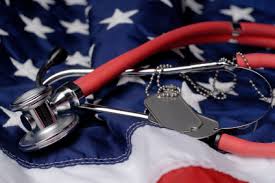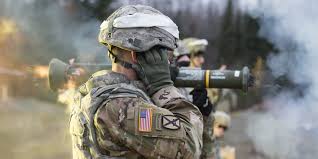The Top 10 Disabilities Claimed by Veterans

The Top 10 List
The Top 10 Disabilities Claimed by Veterans are:
1. Post Traumatic Stress Disorder
2. Sleep Apnea
3. Diabetes Type II
4. Chronic Fatigue Syndrome
5. Irritable Bowel Syndrome
6. Tinnitus
7. Peripheral Neuropathy
8. Depression
9. Anxiety
10. Various Skin Disorders
Veterans who have served and have these conditions need to pursue their benefits. Often, veterans don’t do so. Some of the main reasons include the following:
I don’t trust the government: Many veterans have indicated that they don’t trust their Government in matters of confidentiality and privacy, and therefore, have no interest in pursuing benefits. Veterans from the Vietnam era are particularly sensitive regarding their distrust of the government. Many veterans from that era have indicated that they had a very bad experience while in uniform, and felt as though the government is not really inclined to assist or help them.
I didn’t know I was eligible: Far too many veterans are unaware of their eligibility status. Many veterans assume that since they aren’t registered to use VA services, they are automatically ineligible for benefits.
I am not eligible: Military discharge status plays in big role in determining if a veteran is potentially eligible for benefits. Honorably discharged veterans are 100% eligible for benefits if they meet the criteria. Veterans with a Bad Conduct Discharge are not eligible for benefits. However, some veterans fall some place between an Honorable Discharge and a Bad Conduct Discharge. For instance, a veteran with a General Discharge is oftentimes eligible for benefits. Check with your Veterans Service Officer to find out if you qualify.
I don’t want to go through the “red tape”: Many veterans are of the belief that pursuing benefits from the VA is a matter of navigating a very complex and confusing system that involves mounds of documentation. While it may be true that there is a lot of paperwork, most, if not all is handled by a competent VSO and not the veteran. The VSO is trained to work with the bureaucracy, not the veteran, and takes much the complexity away from the veteran.








